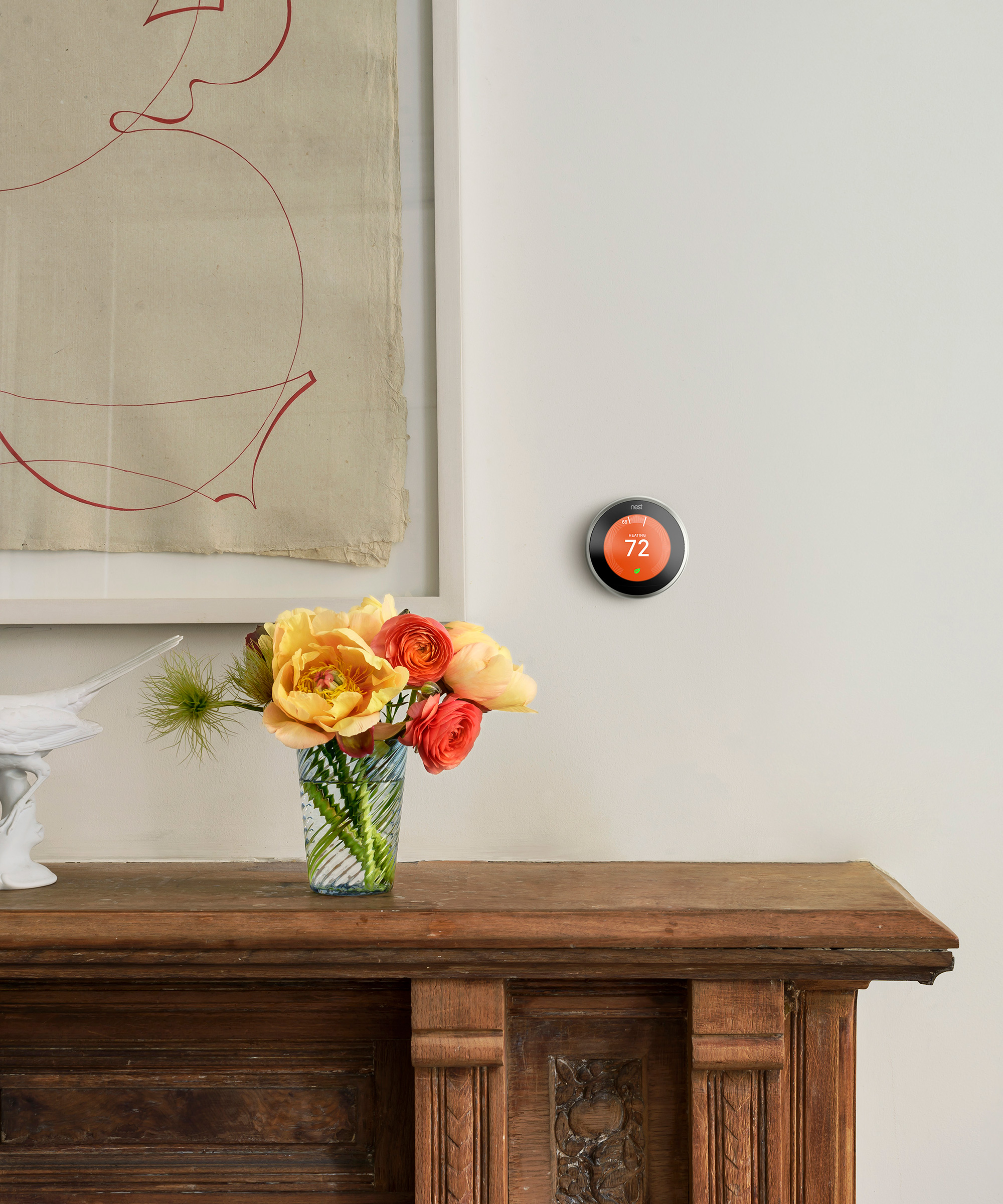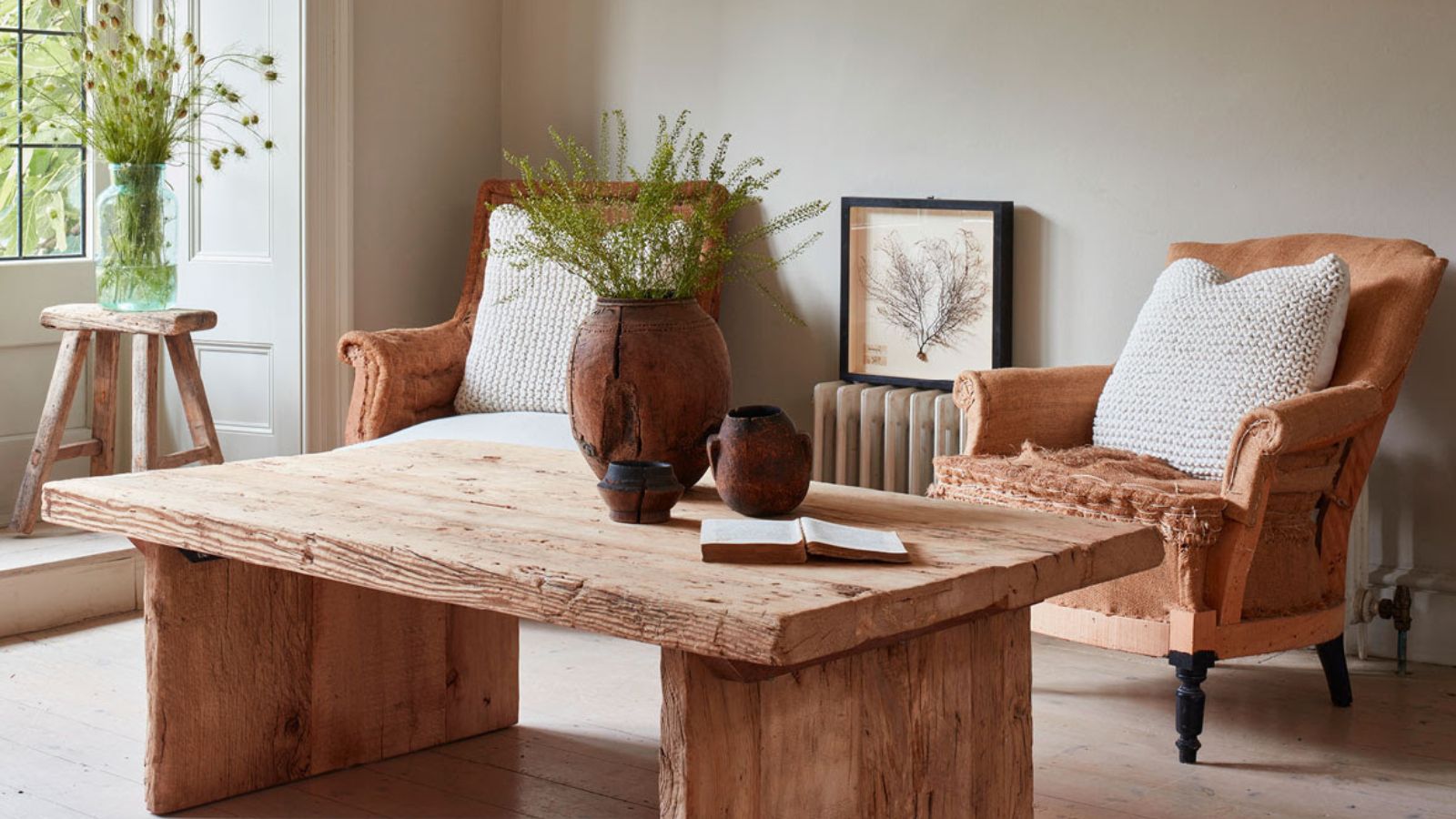How to keep a basement warm – 4 pro tips to transform your subterranean space, including smart decor choices and draft-proofing
These large, practical spaces don’t have to be cold and damp


Basements have a reputation for being dark, cold, and generally unpleasant to be in unless it is fully converted. But how can you keep a basement warm to make it more functional, be it a storage spot, utility room, or secret den?
From insulation to kitting it out with the right furnishings, there are several ways you can trap heat to make this underground space a little more habitable.
There is more to it than investing in the best way to heat a basement, however. Here’s what the experts suggest to keep it toasty.
How to keep a basement warm
If you are rarely in your basement, you might not see much point in keeping it warm. However, Nick Barber, LLC manager at Utilities Now, points out that it could damage your home. ‘Keeping a basement warm is a matter of both comfort and protection. A cold basement can lead to moisture accumulation, which invites mold and mildew to grow, presenting health risks and structural damage. A warm basement, on the other hand, reduces the overall demand for energy in your house by reducing heat loss from the upper floors. It is an investment in both your home's longevity and your daily comfort.’
With that in mind, here’s how to keep the heat in without sending your bills sky-high.
1. Add a source of heat

It should go without saying that to keep a space warm, you need something to heat it. For basements, there are a few home heating options depending on how you use the space, continues Nick Barber.
He explains, ‘The most appropriate way to heat a basement depends on its size and the purposes the basement is put to.
‘Space heaters [such as the top-rated Skonyon portable oscillating space heater, from Target] for small areas are the go-to solution for the sake of speed and saving money, but extending the central HVAC system or using radiant floor heating, particularly for long-term fixation, is advisable. Otherwise, electric baseboard heaters or ductless mini-split systems would also be fine in terms of efficiency, performance, and controllable heat.
‘If the basement is frequently used, the installment of radiant flooring (one of the best basement floors) assures unwavering warmth and comfort.’
2. Add thick soft furnishings

Heating will certainly help to keep your basement warm, but that heat will quickly dissipate if it is soaking into cold brick and concrete.
Brad Roberson, president at Aire Serv, a Neighborly company, suggests using cozy decorating ideas to kit out a basement with thick soft furnishings to add an extra layer of comfort that will keep heat in – ‘They can also use carpets to help insulate the floor. Investing in thermal curtains [available in several lengths and colors at Walmart] is a great curtain hack for a warmer home, and can also help keep the temperature comfortable.’

The Ruggable rugs are one of the best options for busy, practical spaces like basements. The top cover is removeable and machine washable to help you easily maintain the space, especially if your basement is used as a utility room or play space. The base rug pad is available in two thicknesses, too, for flat to the floor, or cushioning thermal effects.
3. Insulate and seal drafts

As with any other area of the home, basement insulation ideas and draft-proofing will help to stop air transfer to keep warm air in and cold air out.
Nick Barber says, ‘Insulating an uninsulated basement is a great way to retain warmth. Start by sealing gaps and cracks in the foundation walls with caulk or expanding spray foam. Install rigid foam insulation boards directly onto the walls or spray foam to create a thermal barrier. For the floors, add an insulated subfloor or area rugs to reduce cold transfer.
‘Besides, insulating pipes and ducts can also stop the loss of heat from your space and keep your entire space more comfortable during a harsh winter. In the process, it'll make the basement cozier, plus it improves overall energy efficiency to cut energy bills for your home.’

Perfect for sealing up any gaps around windows and doors, this caulk can be used both indoors and out, won't shrink and is even mold and mildew resistant. It is easy even for novices to use and dries in just 30 minutes.

Foam weatherstrips adhere to the edges of windows and doors to provide tighter seals in frames to prevent drafts and air transfer.

Although designed for use beneath doors, in order to keep out cold draft, this draft excluder could also be used beneath windows when placed on a sill. We love that it is machine washable too.
4. Check door and window seals

If your basement has external access points, Max Veggeberg, HVAC expert and CEO at Tetra recommends checking them over and fixing drafty doors or sealing window gaps to stop air leaks. ‘Ensuring all exterior doors and windows are properly sealed and insulated will further enhance warmth and make heating more efficient in the basement,’ he explains.
Basements are one of the best spots to insulate in a home to keep it warm all winter. To truly eliminate hot and cold spots in your basement, consider using a thermal camera, from Amazon, to locate cold points in the space, and focus your efforts on insulating these areas. A professional contractor will be able to do this for you and advise on the best type of insulation for your space, too, to keep a poorly insulated home warm.
Sign up to the Homes & Gardens newsletter
Design expertise in your inbox – from inspiring decorating ideas and beautiful celebrity homes to practical gardening advice and shopping round-ups.

Chiana has been at Homes & Gardens for two years and is our resident 'queen' of non-toxic living. She spends most of her time producing content for the Solved section of the website, helping readers get the most out of their homes through clever decluttering, cleaning, and tidying tips. She was named one of Fixr's top home improvement journalists in 2024.
-
 Extend the lifespan of your appliance with 5 simple but crucial washing machine maintenance tips
Extend the lifespan of your appliance with 5 simple but crucial washing machine maintenance tipsFrom cleaning the filters to keeping the door open, experts reveal the washer tips they swear by
By Andy van Terheyden Published
-
 These are the 6 must-have colors to decorate with in April 2025
These are the 6 must-have colors to decorate with in April 2025What do retro-inspired yellows and beautiful blues all have in common? They're on our hot list for the season ahead
By Sophia Pouget de St Victor Published
-
 Why does my house feel damp? Experts reveal the 7 common reasons, risks and fixes to apply right now
Why does my house feel damp? Experts reveal the 7 common reasons, risks and fixes to apply right nowIf your house smells musty, there might be underlying damp to sort out
By Sophie Warren-Smith Published
-
 Do you have condensation on the outside of your windows? This simple rule of thumb determines if it's normal, or a sinister warning sign
Do you have condensation on the outside of your windows? This simple rule of thumb determines if it's normal, or a sinister warning signHVAC pros share expert insight
By Ciéra Cree Published
-
 HVAC pros reveal 2 'Goldilocks' ranges for the ideal room temperature in bitter winter – it differs from day to night, and room to room
HVAC pros reveal 2 'Goldilocks' ranges for the ideal room temperature in bitter winter – it differs from day to night, and room to roomKeeping rooms at the right temperature is vital for comfort and efficiency
By Ciéra Cree Published
-
 HVAC pros say this is the most efficient heating schedule to keep you warm at home all day – and why automating it is the best move
HVAC pros say this is the most efficient heating schedule to keep you warm at home all day – and why automating it is the best moveThere’s no one-size-fits-all – here’s how to tailor heating to your home
By Chiana Dickson Published
-
 How dust and dirt increases your energy bills – plus 5 ways HVAC pros deal with it to cut costs
How dust and dirt increases your energy bills – plus 5 ways HVAC pros deal with it to cut costsThese cleaning tips could save you hundreds
By Chiana Dickson Published
-
 Is your house heating unevenly? HVAC pros reveal 5 common reasons, plus their top tricks for consistent heating throughout your home
Is your house heating unevenly? HVAC pros reveal 5 common reasons, plus their top tricks for consistent heating throughout your homeEliminate hot and cold spots with these fixes
By Chiana Dickson Published
-
 What is a zoned heating HVAC system? We get the lowdown from the pros
What is a zoned heating HVAC system? We get the lowdown from the prosThis expensive addition could actually save you money
By Sophie Warren-Smith Published
-
 I spent years trying to combat window condensation – then a simple dish-soap trick turned out to be the key all along
I spent years trying to combat window condensation – then a simple dish-soap trick turned out to be the key all alongThe dish soap condensation hack takes five minutes to do, is oh-so effective, and cleaning pros love it
By Eve Smallman Published